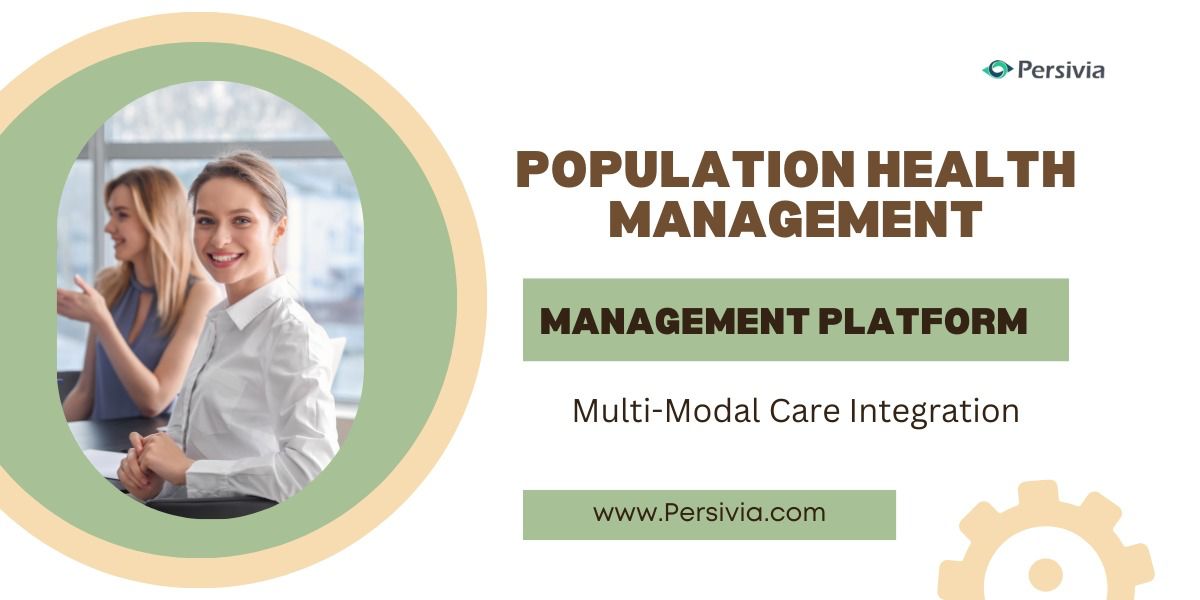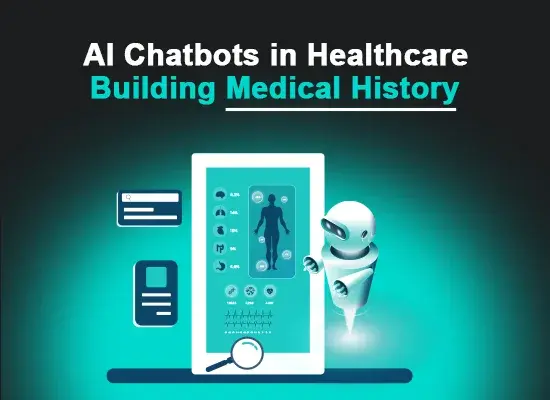Population Health Management Platform | Multi-Modal Care Integration
Globally speaking, healthcare institutions are under increasing pressure to control costs and provide better results. A strong Population Health Management Platform is the foundation of contemporary healthcare delivery, not just another digital technology. From simple data stores, these platforms evolved into complex ecosystems that actively influence patient care tactics as well as results.
5 Must-Have Features For PHMP
1. Immediate Risk Stratification System
Prioritizing and detecting patient hazards before they become serious problems is the basis of efficient community health management. In order to create a dynamic risk assessment system that adjusts in actual time, a modern population health management solution uses advanced algorithms that process several data streams sequentially.
Key Components
- Processing patient-reported outcomes, claims, and EHR data continuously
- Combining data on social determinants of health (SDOH), such as access to transit, food security, and housing stability
- Automated alert systems for emerging high-risk patterns
- Customizable risk thresholds that adapt to specific patient populations
- Machine learning algorithms that improve accuracy over time
Performance Metrics Table
| Risk Level | Update Frequency | Alert Threshold | Intervention Timeline |
| Critical | Real-time | Immediate | Within 24 hours |
| High | Daily | 24 hours | Within 72 hours |
| Moderate | Weekly | 48 hours | Within 5 days |
| Low | Monthly | 72 hours | As needed |
2. Predictive Care Gap Analytics
The digital health platform has revolutionized care gap management through predictive analytics. These systems use advanced modeling approaches to predict possible care gaps rather than depending on retrospective analysis. Healthcare professionals can act before care gaps turn into major health problems thanks to this proactive strategy.
The system analyzes patterns across vast patient populations to identify:
- Missed screening opportunities
- Medication adherence risks
- Potential complications from chronic conditions
- Upcoming care needs based on clinical guidelines
- Social and environmental factors affecting care access
Healthcare organizations using predictive care gap analytics report:
- 35% reduction in preventable hospital admissions
- 28% improvement in chronic disease management metrics
- 42% increase in preventive screening completion rates
3. Intelligent Care Coordination Hub
A population health management platform must excel at coordinating care across multiple providers, settings, and periods. The intelligent care coordination hub serves as the central nervous system of healthcare delivery, orchestrating complex care workflows while adapting to each organization’s unique needs.
Core Capabilities
- Smart task distribution based on provider expertise and availability
- Automated care transition protocols
- Real-time communication channels between care team members
- Patient journey mapping and milestone tracking
- Integration with remote patient monitoring systems
Coordination Efficiency Matrix
| Activity Type | Automation Level | Time Saved | Impact Score |
| Referrals | 80% | 4 hours/week | High |
| Care Plans | 65% | 6 hours/week | Critical |
| Follow-ups | 75% | 5 hours/week | Medium |
| Documentation | 90% | 8 hours/week | High |
4. Engagement Intelligence Module
Patient engagement has evolved beyond simple reminder systems. An advanced digital health platform uses smart engagement intelligence models that analyze patient behavior patterns to deliver personalized communications and interventions.
Advanced Features
- Multi-channel communication optimization
- Behavioral analysis for engagement timing
- Content personalization algorithms
- Response pattern prediction
- Automated escalation protocols
- Social support network integration
Success Metrics
- 45% improvement in patient response rates
- 60% increase in appointment adherence
- 38% reduction in communication-related care gaps
5. Population-Level Insights Dashboard
Effective Pop Health Solutions require both macro-level insights and granular patient details. Advanced platforms provide customizable dashboards that transform complex data sets into actionable intelligence.
Essential Components
- Real-time population health metrics
- Custom cohort analysis tools
- Intervention effectiveness tracking
- Resource utilization forecasting
- Financial impact analysis
- Quality measure monitoring
Impact Metrics Table
| Metric Category | Measurement Frequency | Benchmark Comparison | Trend Analysis |
| Clinical Outcomes | Monthly | Yes | 12-month rolling |
| Cost Savings | Quarterly | Yes | Year-over-year |
| Quality Scores | Monthly | Yes | Quarterly trends |
| Patient Satisfaction | Continuous | Yes | Monthly average |
Where’s Population Health Management Heading?
As healthcare technology continues to evolve, the population health management platform will incorporate more advanced features like:
- Artificial intelligence for predictive modeling
- Integration with Internet of Medical Things (IoMT) devices
- Advanced genomics data analysis
- Environmental health data integration
- Real-time public health surveillance
- Automated care pathway optimization
On An Ending Note
Having the correct characteristics isn’t enough to succeed in population health management. What matters most is how these elements combine to form a smooth, efficient healthcare delivery system. Platforms that can adjust to shifting healthcare environments while keeping the fundamental goal of better patient outcomes front and center are essential for organizations.
See The Difference in Your Healthcare Delivery with Persivia!
Change your approach to population health for good with Persivia’s comprehensive platform. Our solution combines cutting-edge analytics with practical workflows, delivering measurable improvements in patient outcomes and operational efficiency.
Schedule a demo today and let’s see how we can help your organization achieve its population health goals.







